Kampala, Uganda’s vibrant capital city, is a bustling metropolis where modern infrastructure meets traditional African charm. For travelers seeking independence and flexibility, renting a car in Kampala opens up countless possibilities for exploration. However, navigating this dynamic city requires insider knowledge, local awareness, and practical preparation. This comprehensive guide will equip you with everything you need to know about car rentals in Kampala and how to drive through the city like a seasoned local.
Understanding Kampala’s Driving Environment
The City Layout and Road Network
Kampala is built across seven hills, creating a unique topography that influences traffic patterns and road conditions. The city center sits in the heart of the metropolitan area, with major roads radiating outward like spokes on a wheel. Understanding this layout is crucial for efficient navigation.
The main arterial roads include Entebbe Road (connecting to the international airport), Kampala-Jinja Highway (heading east), Bombo Road (going north), and Masaka Road (running southwest). These highways serve as primary corridors for both local and intercity travel.
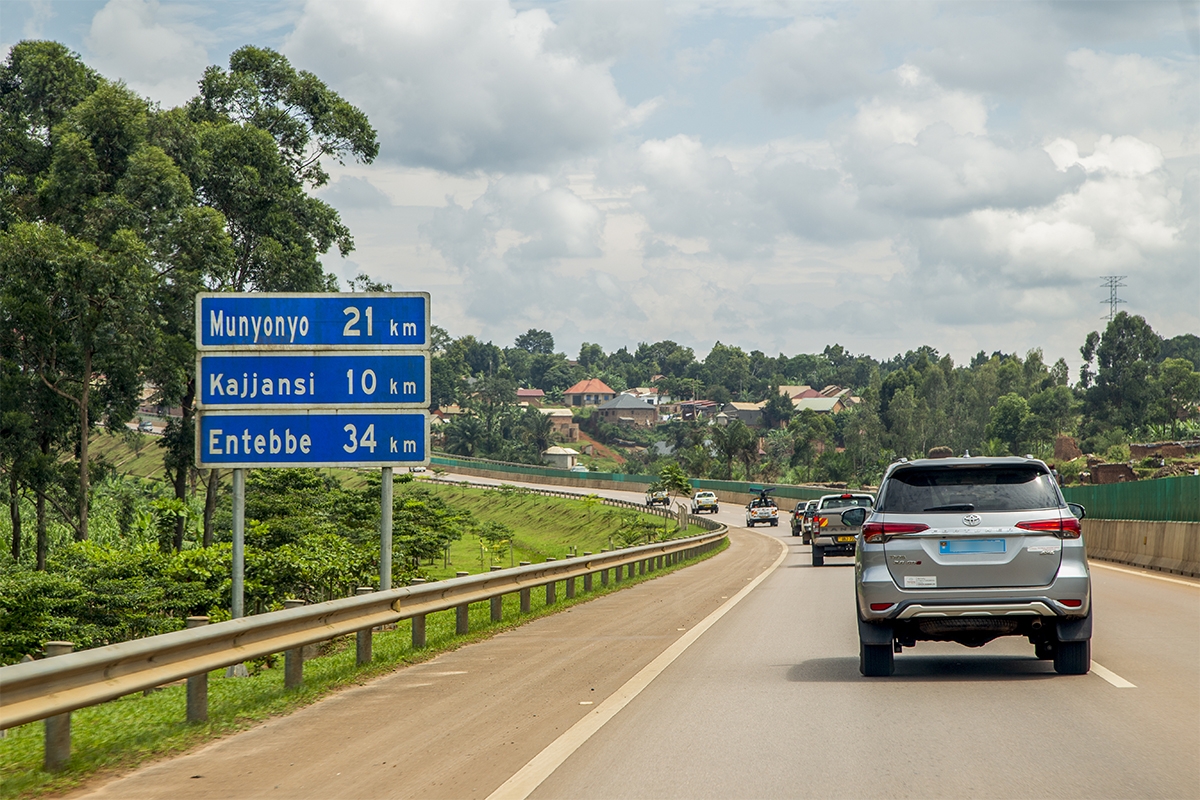
Road conditions vary significantly throughout the city. While major highways feature well-maintained tarmac, secondary roads may have potholes, particularly during and after the rainy seasons (March to May and September to November). Some residential areas still have murram (dirt) roads that can become challenging during heavy rains.
Traffic Patterns and Peak Hours
Kampala’s traffic congestion is legendary among East African cities. Understanding traffic patterns can save you hours of frustration and help you plan your days more effectively.
Morning rush hour typically runs from 7:00 AM to 9:30 AM, as workers and students commute into the city center. Evening rush hour is even more intense, lasting from 5:00 PM to 8:00 PM, with Friday evenings being particularly challenging. During these peak periods, a journey that normally takes 20 minutes can easily stretch to over an hour.
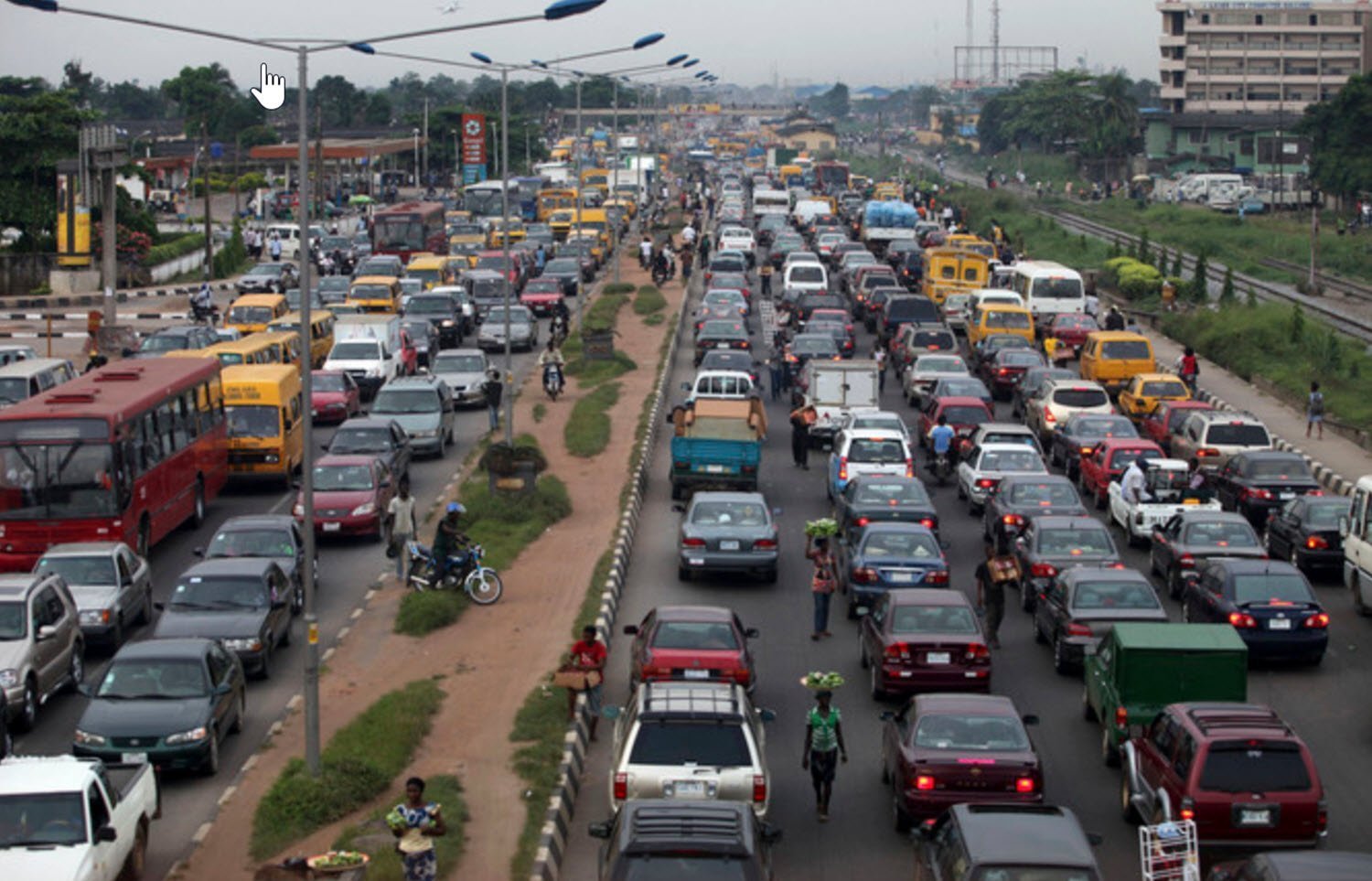
Wednesdays and Fridays tend to see heavier traffic throughout the day. If possible, schedule important appointments during mid-morning (10:00 AM to 12:00 PM) or early afternoon (2:00 PM to 4:00 PM) when roads are relatively clearer.
Choosing the Perfect Rental Vehicle for Kampala
Vehicle Types and Their Advantages
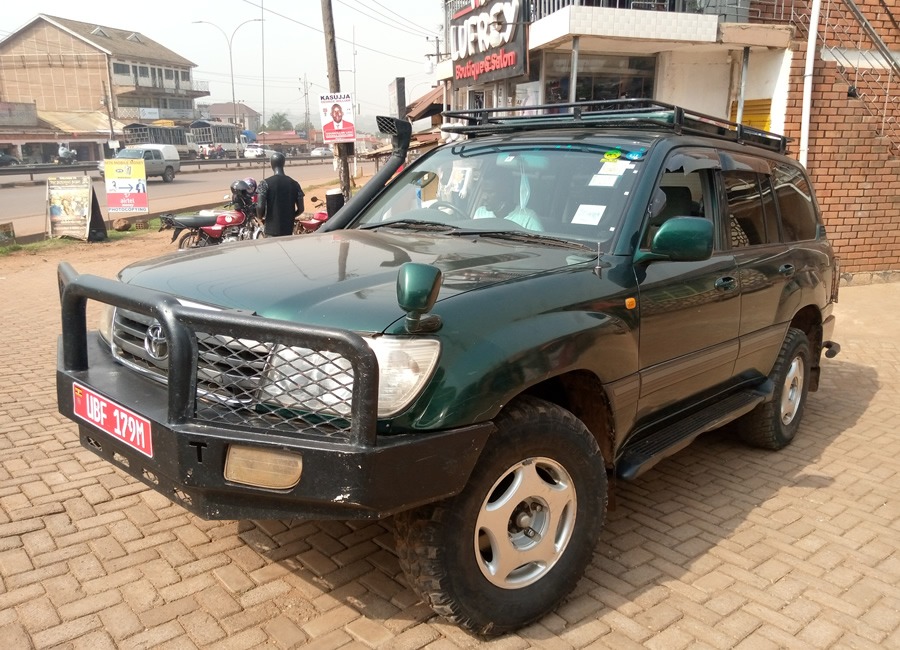
Selecting the right rental car in Kampala for your adventure significantly impacts your driving experience and comfort level.
Compact Cars: Ideal for solo travelers or couples staying primarily within the city center. They’re fuel-efficient and easier to maneuver through tight spaces. However, their low ground clearance makes them vulnerable to flooding and rough roads.
Sedans: A practical middle-ground option offering more comfort and space than compact cars while remaining manageable in urban traffic. Popular models include Toyota Corollas and Honda Civics, which are widely available and affordable.
SUVs and Crossovers: The most popular choice for Kampala driving. Vehicles like the Toyota RAV4, Honda CR-V, or Toyota Land Cruiser Prado offer excellent ground clearance for navigating potholes, speed bumps, and occasional flooding. They provide superior visibility in traffic and comfortable seating for families or groups.
4WD Vehicles: Essential if you’re planning excursions beyond Kampala to national parks, rural areas, or destinations with unpaved roads. While overkill for city-only driving, they offer maximum versatility for exploring Uganda’s diverse landscapes.
Manual vs. Automatic Transmission
Uganda’s rental market predominantly features manual transmission vehicles, reflecting the local preference and availability. Manual cars are generally cheaper to rent and offer better fuel economy.
However, driving a manual transmission in Kampala’s stop-and-go traffic can be exhausting, especially on the city’s numerous hills. If you’re not confident with manual shifting or prefer a more relaxed driving experience, specifically request an automatic transmission when booking. Be prepared to pay a premium of 20-30% more and book well in advance, as automatic vehicles are limited in availability.
Fuel Considerations
Most rental vehicles in Kampala run on petrol (gasoline), though diesel options are available, particularly for larger 4WD vehicles. Diesel typically costs slightly less per liter and offers better fuel economy for long-distance travel.
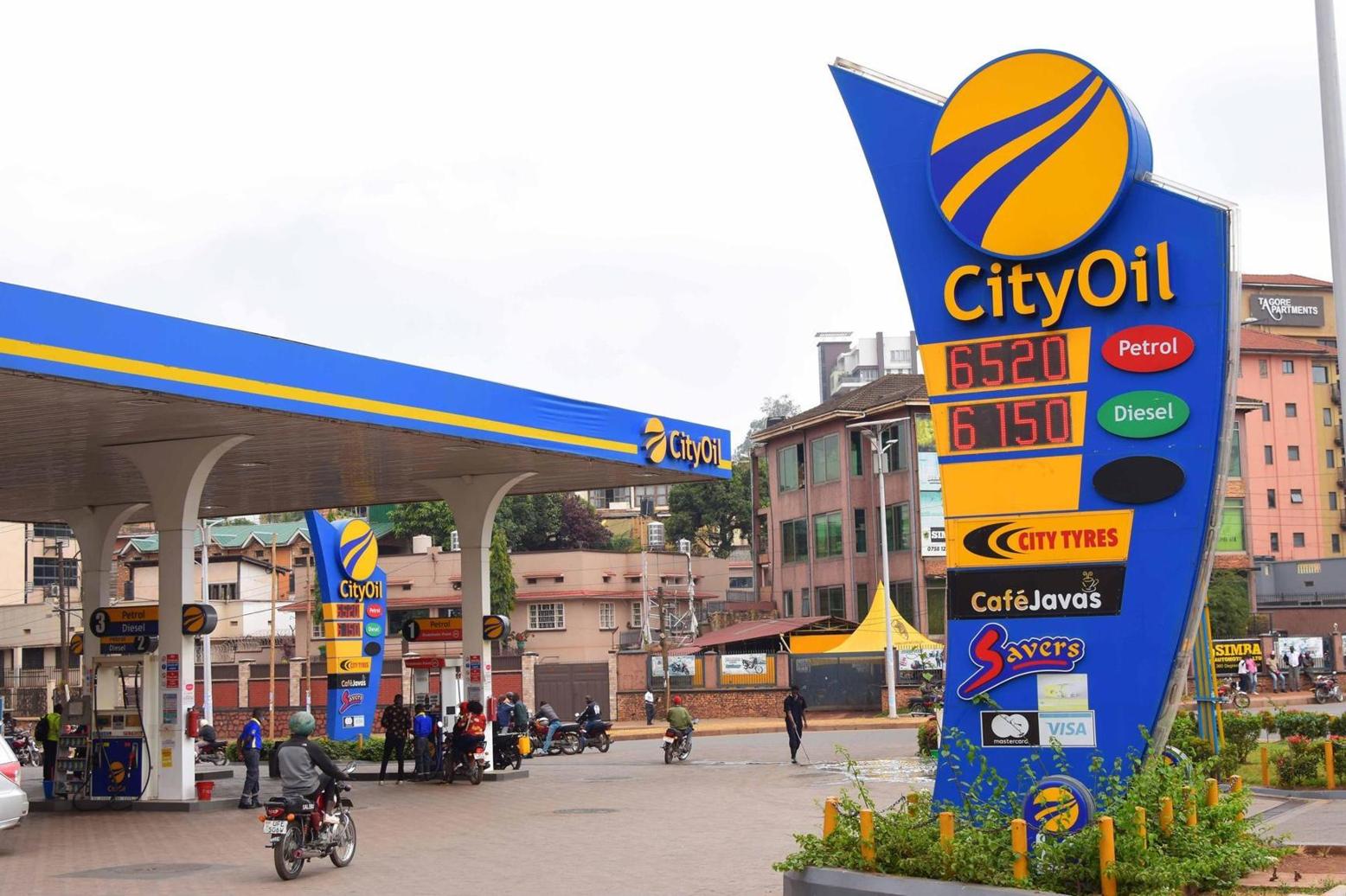
Uganda uses unleaded petrol with octane ratings of 93 and 95. Fuel stations are abundant throughout Kampala, with major brands including Shell, Total, Stabex, and Hashi Energy. Expect to pay approximately UGX 5,500-6,000 per liter for petrol.
Selecting a Reliable Car Rental Company
International vs. Local Rental Companies
Kampala offers both international rental chains and local operators, each with distinct advantages.
International Companies: Brands like Hertz and Europcar operate in Kampala through local partners. They typically offer standardized service, comprehensive insurance options, and newer vehicle fleets. However, they’re usually more expensive and may have less flexibility in terms of negotiation or customization.
Local Rental Companies: Uganda has numerous reputable local operators who often provide more competitive rates and personalized service. Many specialize in safari-ready vehicles and have extensive knowledge of Ugandan road conditions. Popular local companies include Uganda Car Rental Services, Rent A Driver Uganda, and Uganda Car Rental Deal (locally operated).
Essential Questions to Ask Before Booking
Before committing to a rental, clarify these critical points:
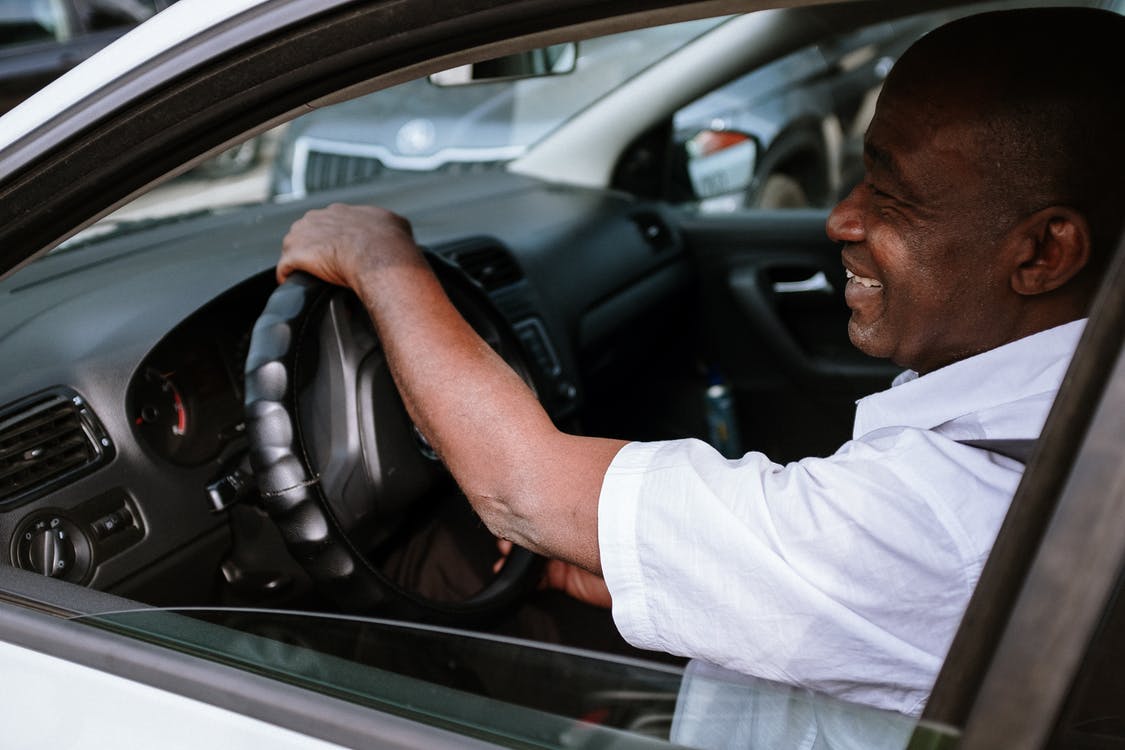
Insurance Coverage: What insurance is included? Does it cover theft, collision, and third-party liability? What is the excess (deductible) amount? Can you purchase additional coverage to reduce the excess?
Mileage Policy: Is there unlimited mileage, or are there daily/weekly limits? What’s the charge for exceeding mileage caps?
Fuel Policy: Most companies operate “full-to-full” policies, but confirm whether you’re expected to return the vehicle with a full tank.
Driver Requirements: Minimum age requirements typically range from 23-25 years. You’ll need a valid driver’s license held for at least 2-3 years. International visitors should carry an International Driving Permit alongside their home country license.
Breakdown and Emergency Support: Does the company provide 24/7 roadside assistance? What’s the protocol if the vehicle breaks down?
Cross-Border Travel: If you plan to visit neighboring countries like Rwanda or Kenya, confirm whether cross-border travel is permitted and what additional documentation or fees apply.
Pricing and Budget Considerations
Kampala car rental rates vary based on vehicle type, rental duration, and season. Here’s what to expect:
- Economy/Compact Cars: UGX 80,000-150,000 per day ($22-40)
- Sedans: UGX 120,000-200,000 per day ($32-55)
- SUVs/Crossovers: UGX 180,000-300,000 per day ($48-80)
- 4WD Vehicles: UGX 250,000-500,000 per day ($68-135)
Weekly and monthly rates typically offer 15-30% discounts. High season (June to September and December to February) may see rates increase by 20-40%.
Additional costs to budget for include:
- Comprehensive insurance upgrade: UGX 20,000-50,000 per day
- GPS device: UGX 15,000-25,000 per day
- Child safety seats: UGX 10,000-20,000 per day
- Additional driver fees: UGX 30,000-50,000 per rental period
- Airport pickup/drop-off: UGX 50,000-100,000
The Vehicle Inspection: Your Protection Against Disputes
Conducting a Thorough Pre-Rental Inspection
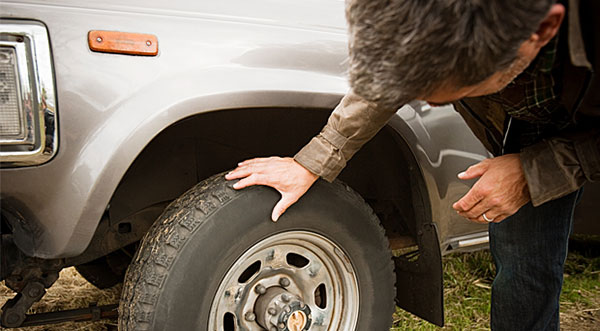
Never skip the vehicle inspection, regardless of how rushed you feel or how trustworthy the company seems. This process protects you from being charged for pre-existing damage.
Exterior Examination: Walk around the entire vehicle, documenting every scratch, dent, paint chip, and mark with photos or video. Pay special attention to bumpers, side panels, and wheel rims. Check that all lights (headlights, taillights, indicators, brake lights) function properly.
Interior Assessment: Inspect seats for tears or stains, check that all windows and locks work, test the air conditioning, verify the radio and any other features, and ensure seat belts function correctly.
Under the Hood: While you don’t need mechanical expertise, check fluid levels (engine oil, brake fluid, coolant, windshield washer fluid) and look for obvious leaks or damage.
Essential Equipment: Ugandan law requires vehicles to carry specific safety equipment. Verify the presence and condition of:
- Spare tire (properly inflated and in good condition)
- Jack and wheel wrench
- Warning triangle (reflective hazard sign)
- First aid kit
- Fire extinguisher
- Valid vehicle insurance certificate
- Vehicle registration documents
Fuel Level: Note the fuel level at pickup and confirm what level is expected at return. Take a photo of the fuel gauge.
Documenting Everything
Use your smartphone to create a comprehensive photographic or video record. Date-stamp your documentation. If possible, have the rental agent sign and date a written inspection checklist that lists all observed damage.
Save all rental documentation together: the contract, inspection report, insurance documents, and your photographic evidence. These protect you if disputes arise at return.
Mastering Kampala’s Roads: Local Driving Techniques
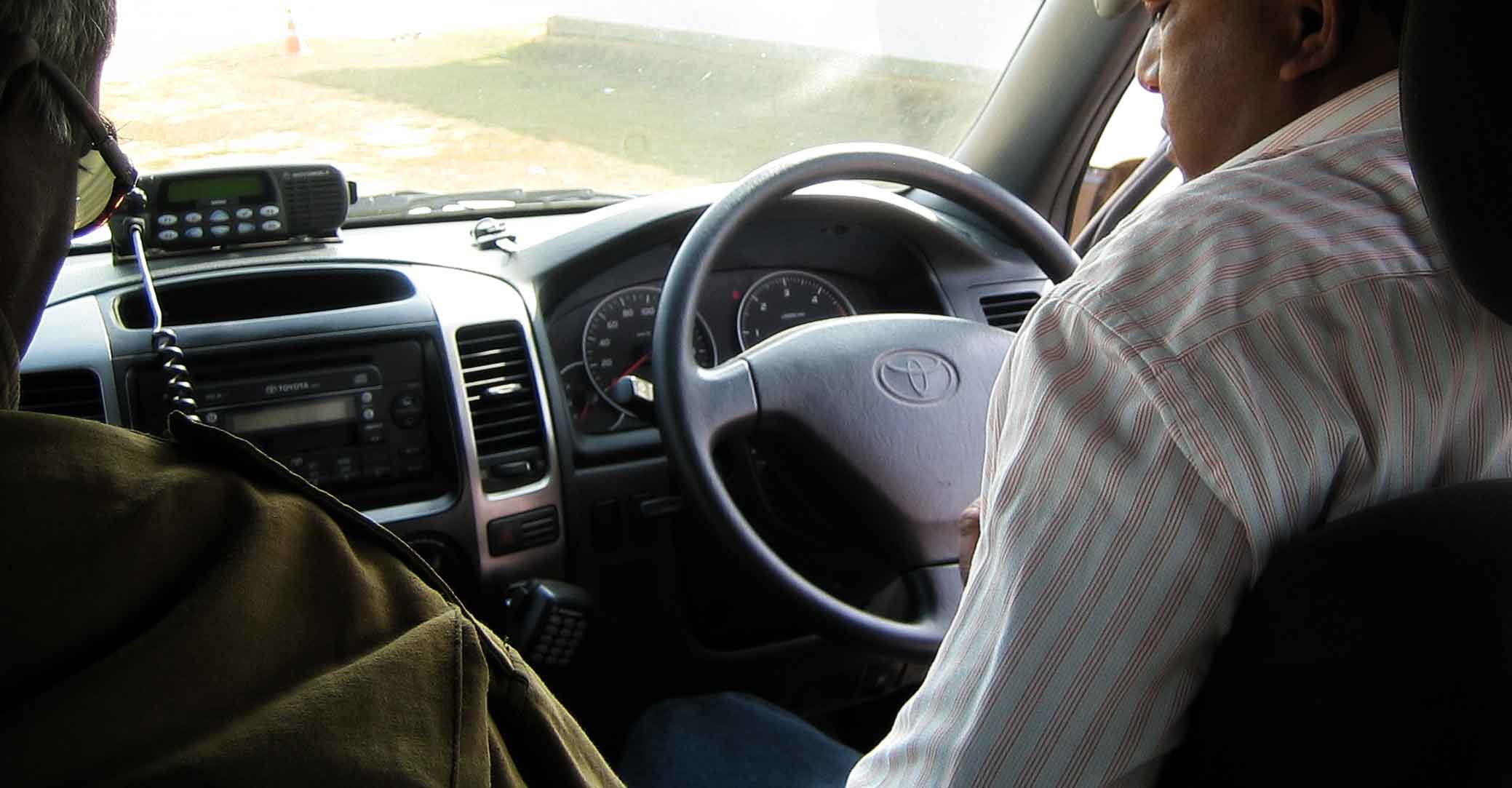
Understanding Local Driving Culture
Driving in Kampala requires adopting a different mindset than in Western countries. Rules exist, but their enforcement and observance varies. Success comes from defensive driving combined with appropriate assertiveness.
Assertive but Cautious: Kampala drivers are opportunistic, taking available space without hesitation. If you’re too passive, you’ll be stuck indefinitely. However, recklessness leads to accidents. Strike a balance by being confident but never aggressive.
Expect the Unexpected: Pedestrians cross anywhere, animals occasionally wander onto roads, vendors walk between stopped cars, and vehicles make sudden stops or turns. Maintain constant vigilance and anticipate unusual behavior.
Patience is Essential: Traffic jams are inevitable. Fighting them causes stress without results. Accept delays as part of Kampala life, leave generous time buffers for appointments, and use traffic time for phone calls (with hands-free devices) or enjoying Ugandan radio.
Navigating Roundabouts (Traffic Circles)
Kampala features numerous roundabouts, from small neighborhood circles to major multi-lane rotaries. Official rules state that traffic already in the roundabout has right of way, and you should yield before entering.
In practice, roundabouts operate more fluidly, with drivers merging assertively while watching for vehicles to their right. Indicate your exit and watch for motorcycles appearing in blind spots. Major roundabouts to note include Clock Tower, Kitante, and Nateete.
The Boda-Boda Reality
Boda-bodas (motorcycle taxis) are ubiquitous in Kampala, numbering in the hundreds of thousands. They weave through traffic, drive between lanes, appear suddenly from side streets, and rarely follow traditional traffic rules.
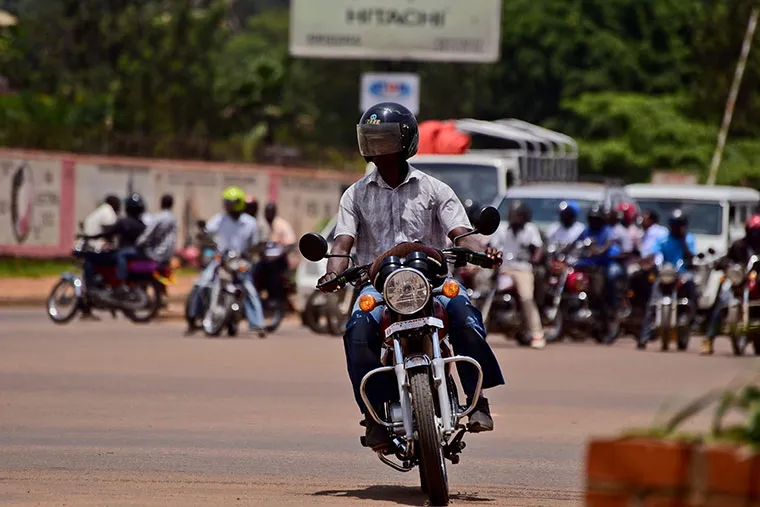
Protect yourself by:
- Checking mirrors constantly before any maneuver
- Assuming a boda-boda might be in your blind spot
- Leaving extra space when opening doors
- Never making sudden swerves without checking surroundings
- Being especially cautious at intersections
Don’t be intimidated by their aggressive riding. Most boda-boda riders are skilled at avoiding collisions and expect cars to maintain predictable behavior.
Speed Bumps and Road Hazards
Kampala’s speed bumps (locally called “humps”) appear frequently, sometimes without warning signs or paint. They vary from gentle rises to car-damaging obstacles.
Watch for humps near schools, hospitals, residential areas, and shopping centers. Slow to 10-20 km/h before crossing them. Locals often slow dramatically for humps, so avoid rear-ending vehicles ahead.
Potholes present another challenge, ranging from minor divots to axle-breaking craters. During heavy traffic, you’ll have limited ability to avoid them. When roads are clear, carefully navigate around potholes while watching for oncoming traffic.
Right of Way and Intersections
Traffic lights exist at major intersections but aren’t universal. Many intersections rely on right-of-way rules (yield to traffic from the right) or are simply free-for-alls requiring negotiation.
At uncontrolled intersections, slow down, make eye contact with other drivers, and proceed when safe. Don’t assume others will yield even if rules suggest they should.
Traffic police sometimes direct traffic manually at busy intersections. Follow their signals, which override standard rules or traffic lights.
Horn Communication
Hooting (honking) serves multiple purposes in Kampala:
- A quick tap means “I’m here” or “I’m passing”
- Two short toots can mean “thank you”
- A longer blast warns of danger or expresses frustration
- Multiple short hoots from behind mean “please move” or “I’m in a hurry”
Don’t interpret hooting as rudeness. It’s standard communication. Use your horn to alert others of your presence, especially when passing or merging.
Navigation Tools and Techniques

Digital Navigation Options
Google Maps: The most reliable navigation tool for Kampala. It provides accurate routes, real-time traffic data, and regular updates. Download offline maps of Kampala and surrounding areas before arriving or whenever you have WiFi, as mobile data can be expensive or unreliable in some areas.
Google Maps’ real-time traffic feature helps identify congestion and suggests alternative routes, though during peak hours, all routes may be congested.
Other Apps: Waze has a smaller user base in Kampala but can provide additional insights. The app “Maps.me” offers excellent offline navigation with detailed maps downloaded to your device.
Landmark-Based Navigation
Locals rarely use street names in giving directions. Instead, they reference prominent landmarks. Familiarize yourself with major landmarks:
Shopping Centers: Garden City, Acacia Mall, Lugogo Mall, The Village Mall, Forest Mall Hotels: Serena Hotel, Sheraton Hotel, Protea Hotel Institutions: Makerere University, Mulago Hospital, Nakasero Market Roundabouts: Clock Tower, Kitante, Wandegeya
When asking directions, expect responses like “Go to Acacia Mall, then turn left at the third street after Shell petrol station.” GPS coordinates are rarely understood by locals.
Key Routes for Getting Around
Northern Bypass: This highway arcs around Kampala’s northern edge, connecting Entebbe Road to Kampala-Jinja Highway without entering the congested city center. It’s invaluable for crossing the city efficiently.
Entebbe Expressway: A modern toll road (UGX 5,000 for light vehicles) connecting Kampala to Entebbe International Airport. It’s faster and more reliable than the Old Entebbe Road, especially during rush hour.
Port Bell Road: Connects the city center to Luzira and the port area on Lake Victoria’s northern shore.
Kampala-Jinja Highway: The main eastern route, passing through industrial areas and connecting to Jinja, Mbale, and Kenya.
Masaka Road: Heads southwest from the city center, leading to western Uganda and Rwanda.
Getting Lost and Asking for Help
Despite GPS, getting lost occasionally happens in Kampala’s maze of unmarked streets. Ugandans are exceptionally friendly and helpful. If lost:
- Stop at a fuel station and ask attendants for directions
- Ask boda-boda riders stationed at intersections (they know every street)
- Pull into a shopping center or hotel and ask security guards
- Use your phone to call your destination if you’re trying to meet someone
Always confirm directions with multiple people, as occasionally Ugandans will offer helpful-sounding but inaccurate guidance rather than admit they don’t know.
Parking in Kampala: Strategies and Solutions
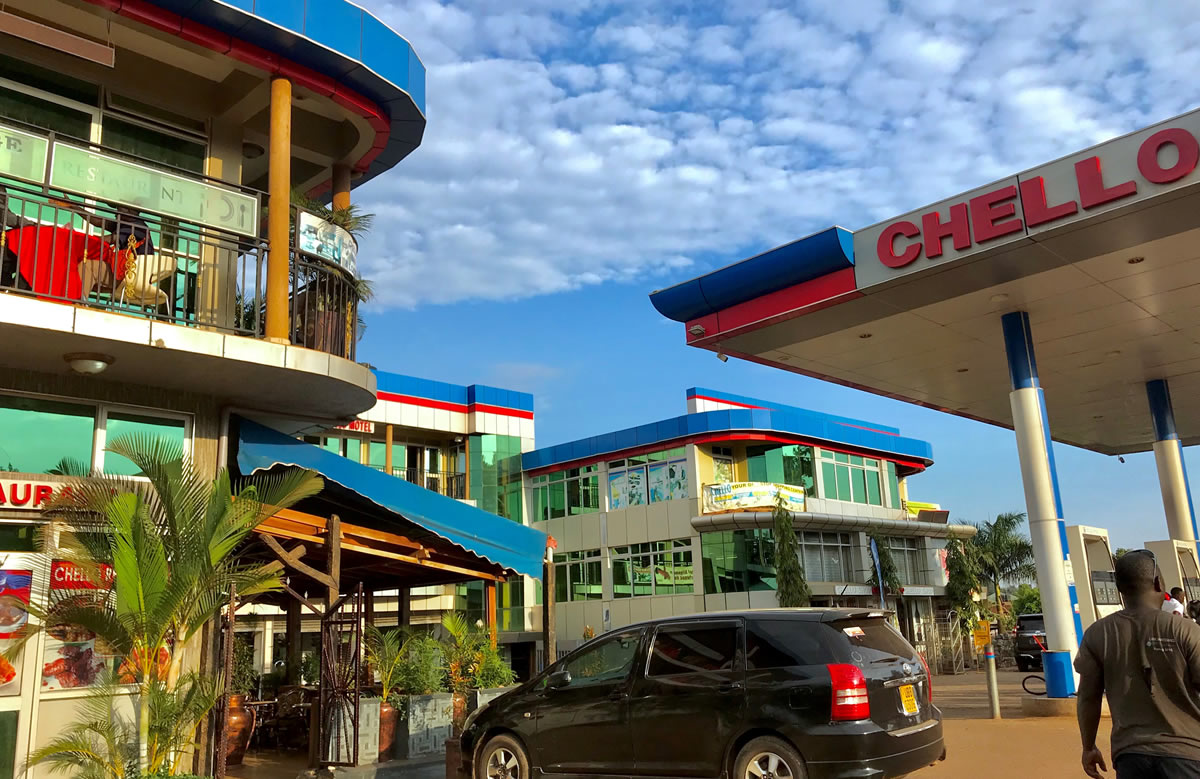
Secure Parking Options
Vehicle theft and break-ins occur in Kampala, making secure parking essential, especially overnight.
Hotel Parking: Most hotels offer secure, guarded parking for guests. Even if you’re not staying overnight, many hotels allow daytime parking for a fee (UGX 5,000-20,000).
Shopping Mall Parking: Major malls provide guarded parking lots, usually free for the first few hours. These are excellent options when visiting the city center or attending meetings nearby.
Private Parking Lots: Throughout the city, private operators run paid parking facilities. Look for signs reading “parking” with an attendant at the entrance. Rates typically range from UGX 2,000-10,000 depending on location and duration.
Street Parking Reality
Street parking exists in Kampala but comes with risks and complications.
City Center: The Kampala Capital City Authority (KCCA) operates metered street parking in the CBD. Pay via mobile money or to authorized attendants wearing KCCA uniforms. Rates are approximately UGX 2,000-5,000 per hour. Failure to pay results in fines or wheel clamping.
Parking Boys: Informal parking attendants operate throughout Kampala. They’ll flag you down, direct you to a space, and watch your car in exchange for a tip (typically UGX 2,000-5,000 depending on duration and location).
While not an official system, parking boys provide a useful service. They generally prevent theft through their presence. However, never leave valuables visible in your car, even with a parking boy watching.
Overnight Parking
Never leave a rental car on the street overnight. Always use:
- Hotel parking (if staying overnight)
- Secure apartment/house parking (if in residential accommodation)
- Guarded parking facilities
If staying with friends or in an Airbnb, confirm secure parking availability before booking.
Legal Requirements and Traffic Police Interactions
Required Documents
Always carry these documents while driving:
- Valid driver’s license (Ugandan or International Driving Permit plus home country license)
- Vehicle registration documents (provided by rental company)
- Vehicle insurance certificate (third-party liability minimum)
- Rental agreement
- Passport or national ID
Keep photocopies or digital backups separate from originals. Traffic police may request these documents at checkpoints or during traffic stops.
Traffic Police Checkpoints
Police checkpoints are common in Kampala and on highways leaving the city. They serve various purposes: checking documents, vehicle safety inspection, security screening, or revenue collection.
Checkpoint Etiquette:
- Slow down as you approach
- Roll down your window and greet the officer politely
- Have documents ready but wait to be asked before presenting them
- Remain calm and courteous regardless of circumstances
- If asked to step out, do so without argument
Most checkpoint interactions last under a minute. Officers check documents, may ask about your destination, and wave you through.
Handling Traffic Violations
If stopped for a genuine violation (speeding, running a red light, etc.), officers should issue an official ticket requiring payment at a police station or bank. The fine amount will be specified on the ticket.
Important: Traffic police should never collect fines directly. If an officer suggests paying them directly, they’re likely soliciting a bribe. Politely but firmly state that you’ll pay the official fine at the police station. In most cases, this response ends the matter.
If the situation escalates or feels threatening, ask for the officer’s name and badge number, and request to speak with their supervisor. Contact your rental company for guidance if needed.
However, be aware that sometimes having your rental car checked or yourself stopped might lead to requests for “facilitation.” Use your judgment. In some situations, a small payment (UGX 20,000-50,000) may be more practical than spending hours at a police station over a minor issue. This is an unfortunate reality, but remain polite and calm throughout.
Speed Limits and Enforcement
Official speed limits in Uganda:
- Built-up urban areas: 50 km/h
- Rural highways: 80-100 km/h
- Expressways: 100 km/h
Speed cameras exist on major highways but aren’t universal. The greatest risk is overspeeding through towns where police conduct manual speed checks.
Safety and Security Considerations
Vehicle Security Best Practices
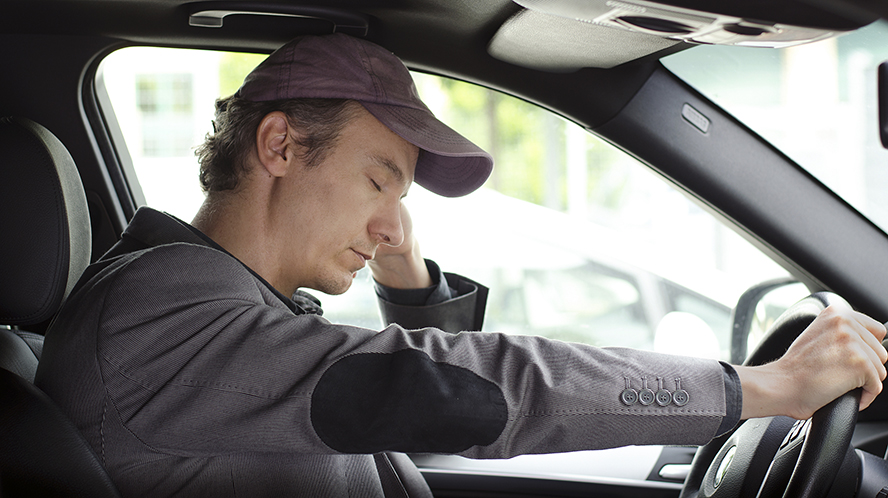
While Driving:
- Keep doors locked at all times
- Keep windows mostly closed, especially in congested areas
- Never leave bags, phones, or valuables visible on seats
- Store items in the trunk or under seats
- Be especially vigilant in heavy traffic where thieves on foot or boda-bodas operate
- Avoid driving with windows down and arms resting outside
When Parked:
- Remove all valuables or hide them completely
- Don’t leave documents, electronics, bags, or shopping visible
- Park in well-lit, guarded areas
- Use steering wheel locks for added security in some situations
- Never leave the engine running while unattended
Nighttime Driving Considerations
Driving after dark in Kampala requires extra caution:
Visibility Challenges: Street lighting is inconsistent or absent in many areas. Pedestrians wear dark clothing, boda-bodas often lack lights, and potholes are invisible until you hit them.
Increased Crime Risk: Vehicle jackings, though relatively rare, occur more frequently at night, particularly in isolated areas or quiet residential streets.
Best Practices:
- Avoid driving outside the main city after dark unless necessary
- Stick to well-traveled routes
- Keep doors locked and windows mostly closed
- Be especially alert at traffic lights and in slow-moving traffic
- If someone approaches your vehicle suspiciously, be prepared to drive away
- Plan to arrive at destinations before sunset when possible
Major roads like Entebbe Road and the expressway remain relatively safe at night, as do well-lit areas around hotels and shopping centers.
Medical and Emergency Preparedness
Emergency Numbers:
- Police: 999 or 112
- Ambulance: 999 or 112
- Fire: 999 or 112
Uganda’s emergency response system is developing but may not match Western standards. Response times vary significantly depending on location and circumstances.
Private Emergency Services: Consider saving these numbers:
- AAR Health Services Emergency: +256 31 2266180
- International Hospital Kampala: +256 31 2200400
- Case Medical Centre: +256 41 4258100
- Road assistance: +256-700135510
Accident Protocol: If involved in an accident, regardless of severity:
- Stop immediately (leaving the scene is illegal)
- Turn on hazard lights and place warning triangle 30m behind vehicle
- Check for injuries and call emergency services if needed
- Contact your rental company immediately
- Exchange information with other parties (names, contacts, insurance details)
- Take photos of damage, vehicle positions, and the scene
- Wait for police to arrive and file a report
- Do not admit fault or sign anything you don’t understand
- Get a copy of the police report for insurance claims
Fuel Stations and Refueling
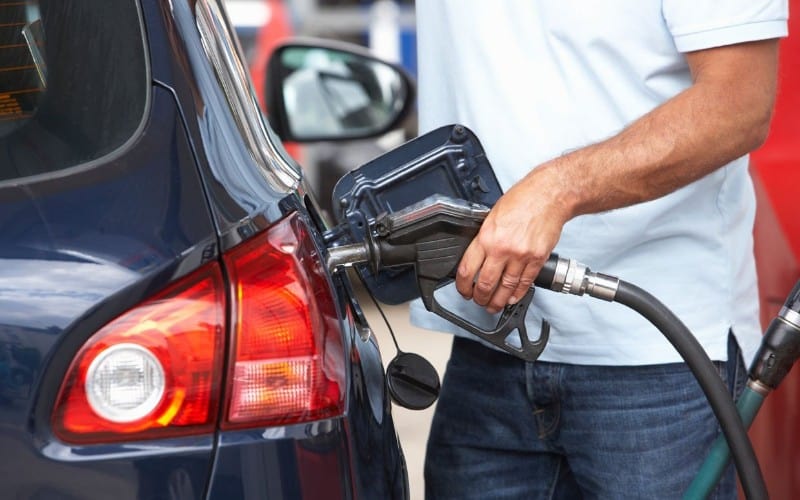
Finding Fuel Stations
Kampala has abundant fuel stations throughout the city. Major brands offer reliable quality and service:
Established Brands:
- Shell (generally considered premium, slightly higher prices)
- Total (widespread locations, reliable quality)
- Hashi Energy (competitive prices, good quality)
- Stabex (well-distributed, mid-range prices)
- Vivo Energy
Avoid very small, independent stations that may sell adulterated or low-quality fuel that could damage your rental vehicle.
Refueling Procedures
Service is full-service at most Kampalan fuel stations. Attendants pump your fuel, which eliminates confusion and is customary.
The Process:
- Pull up to an available pump
- Attendant will approach and ask what you need
- Specify the fuel type and either the amount (liters) or shilling value
- They’ll pump the fuel while you remain in the vehicle or step out
- Pay the attendant, who will get change from the cashier if needed
- A small tip (UGX 1,000-2,000) is appreciated but optional
Payment Methods
Most stations accept:
- Cash (Ugandan Shillings)
- Mobile money (MTN Mobile Money, Airtel Money)
- Credit/debit cards (major stations only)
Cash remains most convenient, especially at smaller stations. Keep a supply of medium-denomination bills (UGX 10,000, 20,000, 50,000) as change for large bills can sometimes be scarce.
Fuel Prices and Budgeting
Fuel prices fluctuate based on international markets but expect:
- Petrol (gasoline): UGX 5,500-6,000 per liter
- Diesel: UGX 5,000-5,500 per liter
For budgeting, an average sedan consumes approximately 7-10 liters per 100km in mixed city and highway driving. In heavy Kampala traffic, consumption increases to 10-12 liters per 100km.
An SUV typically uses 10-13 liters per 100km in normal conditions, rising to 13-16 liters in heavy traffic.
Alternative to Self-Driving: Car Rental with Driver
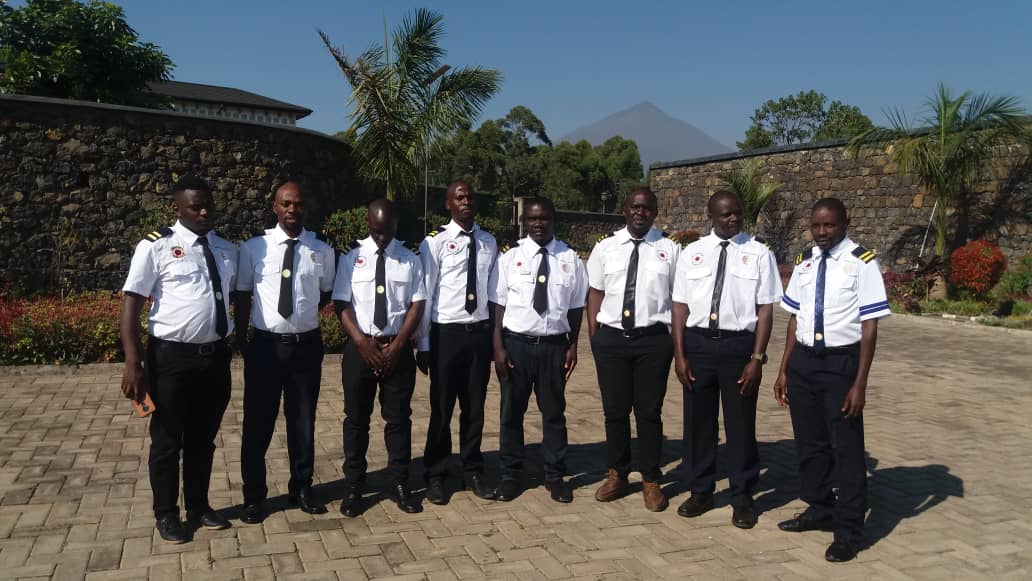
The Benefits of Hiring with a Driver
Many visitors discover that renting a car in Kampala with a driver offers tremendous advantages:
Stress Elimination: No navigation challenges, no traffic frustration, no parking worries, and no interactions with traffic police.
Local Expertise: Professional drivers know shortcuts, optimal times for different routes, best parking locations, and how to negotiate Kampala’s complexities.
Cost-Effectiveness: The additional cost for a driver (typically UGX 50,000-100,000 per day) often proves worthwhile when considering stress reduction, parking savings, and fuel efficiency through better route knowledge.
Safety: Experienced drivers know which areas to avoid, recognize potential security situations, and handle emergencies better.
Productive Time: Instead of focusing on driving, you can work, make calls, or simply enjoy the scenery.
Finding a Reliable Driver
Rental companies typically offer driver services as an add-on. Alternatively, you can hire independent drivers through:
- Hotel concierge recommendations
- Trusted online platforms
- Referrals from other travelers or expats
Ensure your driver has:
- A valid driver’s license
- Experience with your planned routes
- Good communication skills in English
- Positive references or reviews
Beyond Kampala: Day Trips and Excursions
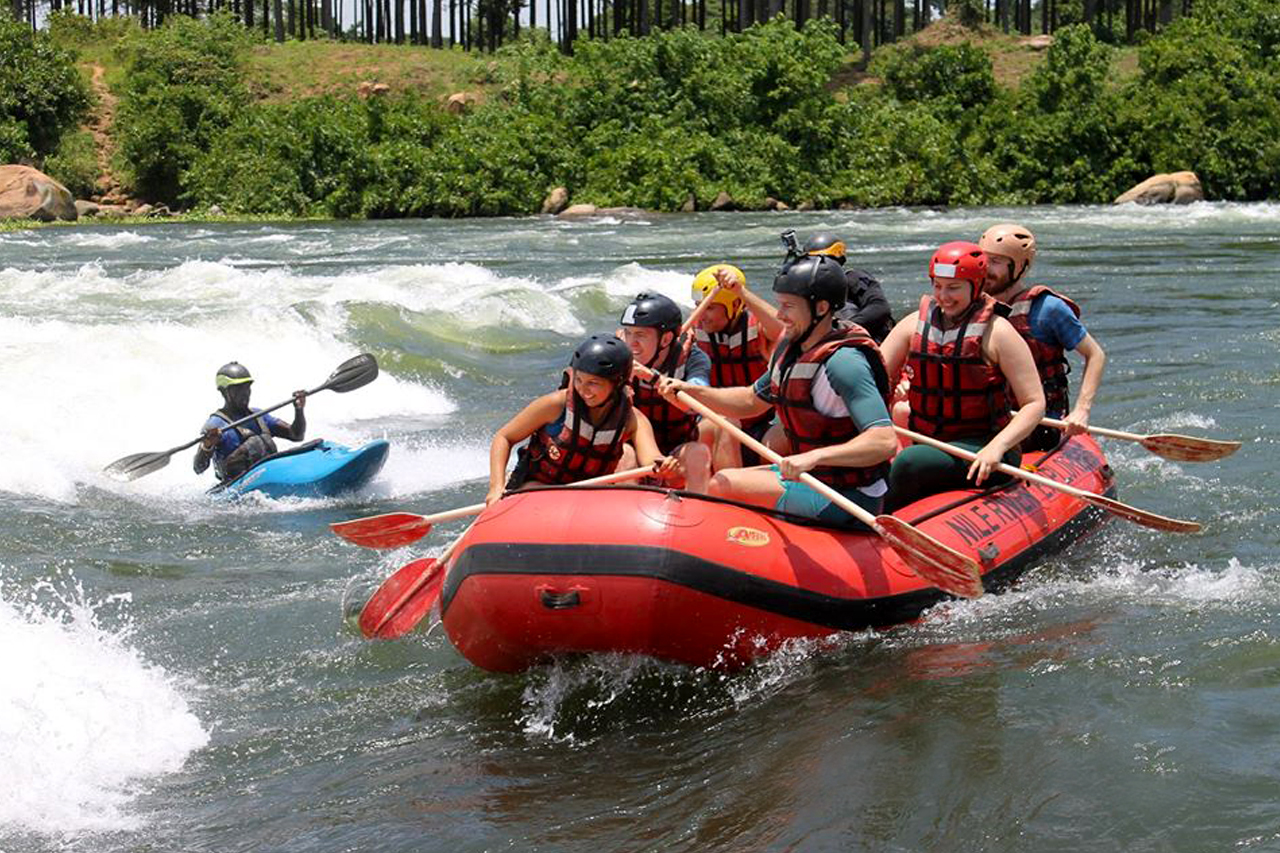
Popular Destinations from Kampala
Having a rental car opens up exciting day trip possibilities:
Entebbe (40km, 45-90 minutes): Visit the Uganda Wildlife Education Centre, Botanical Gardens, and enjoy lakeside dining. The expressway makes this trip quick and easy.
Jinja (85km, 1.5-2.5 hours): The adventure capital offers whitewater rafting, the source of the Nile, bungee jumping, and scenic river views. The highway is well-maintained.
Ssese Islands (via Nakiwogo or Bukakata Ferry): While the islands themselves require ferry access, driving to the ferry point and exploring the islands makes a memorable experience.
Mpigi (40km west): Visit the Mpanga Forest Reserve for nature walks and birdwatching.
Mabira Forest (54km, 1 hour): East of Kampala, this rainforest offers zip-lining, nature walks, and birdwatching.
Road Trip Preparation
For trips beyond Kampala:
- Fill your fuel tank before leaving the city
- Carry extra water and snacks
- Have your phone fully charged with offline maps downloaded
- Inform someone of your itinerary
- Check current road conditions, especially during rainy season
- Confirm your rental agreement covers travel to your destination
- Start early to avoid traveling after dark
Cost Breakdown: Budgeting for Your Kampala Car Rental
Sample Daily Budget
Economy Car (City Use Only):
- Rental: UGX 120,000
- Fuel (50km): UGX 30,000
- Parking (multiple locations): UGX 10,000
- Parking tips: UGX 5,000
- Total: UGX 165,000 ($45)
SUV (Mixed City and Excursions):
- Rental: UGX 250,000
- Fuel (150km): UGX 110,000
- Expressway toll: UGX 5,000
- Parking: UGX 15,000
- Parking tips: UGX 8,000
- Total: UGX 388,000 ($105)
4WD with Driver (Safari and Tours):
- Rental: UGX 350,000
- Driver fee: UGX 80,000
- Fuel (200km): UGX 180,000
- Driver meals: UGX 30,000
- Parking and tips: UGX 15,000
- Total: UGX 655,000 ($177)
Money-Saving Tips
Book in Advance: Last-minute rentals cost significantly more. Book at least 2-3 weeks ahead for better rates.
Longer Rental Periods: Weekly rates save 20-30% compared to daily rates. Monthly rentals offer even better value.
Avoid Airport Pickups: Collecting your car from the rental office instead of the airport saves UGX 50,000-100,000 in delivery fees.
Decline Unnecessary Add-ons: GPS devices are unnecessary if you have smartphone navigation. Child seats might be available through your accommodation.
Fuel Efficiency: Maintaining steady speeds, avoiding excessive air conditioning, and gentle acceleration significantly improves fuel economy in city driving.
Shop Around: Compare quotes from multiple companies. Local operators often offer better rates than international brands for similar vehicles.
Cultural Considerations and Local Etiquette
Road Courtesy
Despite Kampala’s chaotic traffic, certain courtesies smooth interactions:
Let Others Merge: When lanes narrow or vehicles need to enter traffic, allowing them in (even if not “your turn”) creates goodwill and often results in reciprocation.
Wave Thank You: A simple hand wave acknowledges when someone yields to you.
Don’t Block Intersections: Even in heavy traffic, avoid stopping in the middle of intersections, which completely gridlocks cross-traffic.
Be Patient with Learners: Vehicles with “L” plates have learner drivers. Give them extra space and patience.
Understanding “African Time”
Punctuality in Kampala operates differently than in Western cultures. When meeting locals, expect flexibility around appointment times. Traffic makes precise timing difficult, and a 15-30 minute delay is generally acceptable.
However, for business meetings with international organizations or formal appointments, Western punctuality standards typically apply.
Account for this reality by leaving earlier than GPS suggests, building in traffic buffers, and communicating proactively if you’ll be delayed.
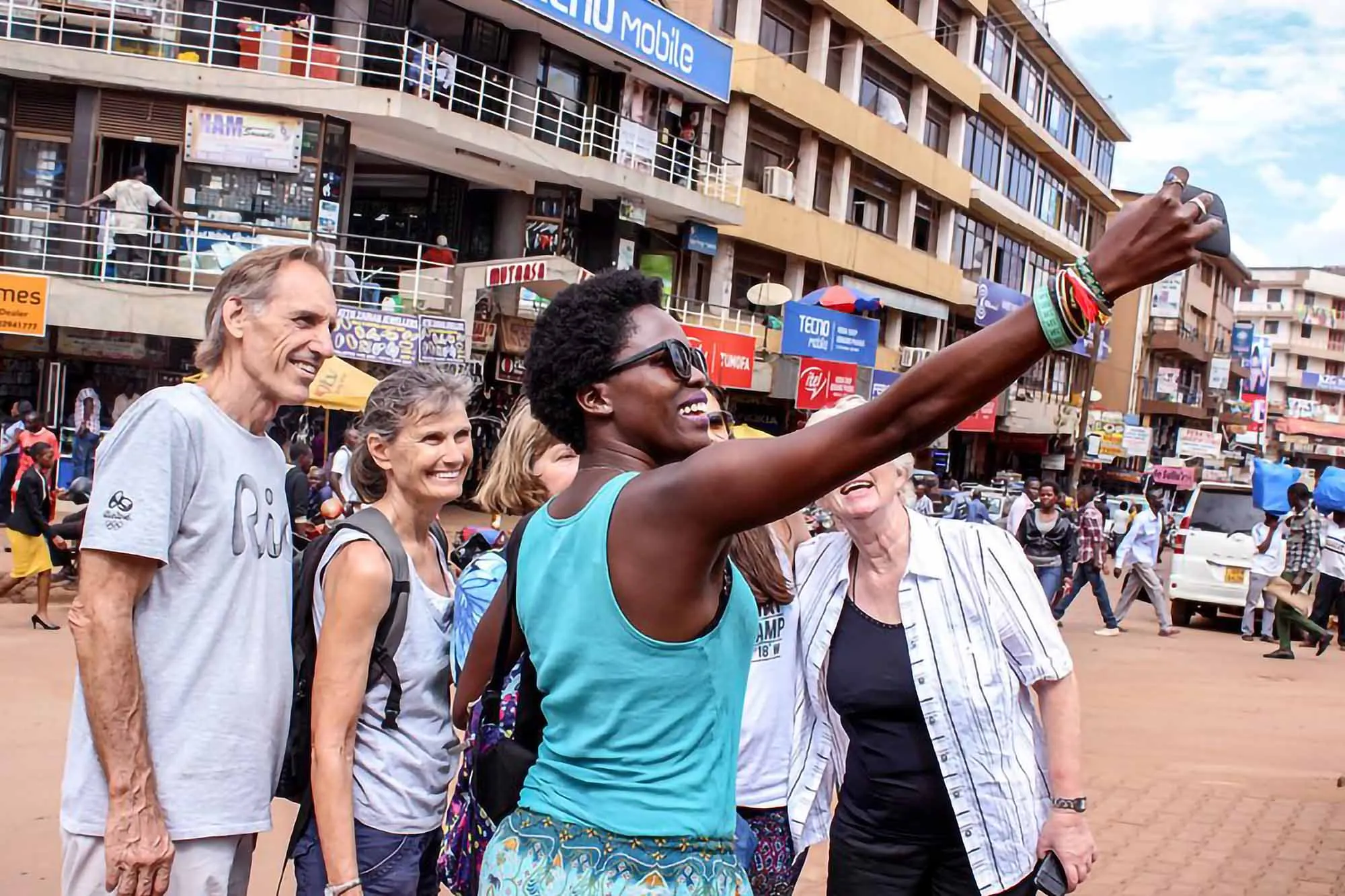
Interacting with Locals
Ugandans are exceptionally warm and welcoming. If you have vehicle troubles or need assistance, people will genuinely help.
Language: English is an official language and widely spoken in Kampala. However, Luganda is the predominant local language. Learning a few phrases enhances interactions:
- “Oli otya?” (How are you? – Luganda)
- “Webale” (Thank you – Luganda)
- “Ssebo” (Sir) / “Nnyabo” (Madam)
Respect: Address people respectfully, especially elders. A polite demeanor opens doors and resolves situations more effectively than aggression.
Final Tips for Success
Before You Start Driving
- Practice First: If possible, have someone drive you around Kampala for a day before you take the wheel yourself. Observe traffic patterns and local behaviors.
- Start with Easy Routes: Your first self-driving experience should be during off-peak hours on familiar routes, perhaps a simple drive to a nearby shopping mall.
- Get Local SIM Card: Purchase a local SIM card (MTN or Airtel) with data for GPS navigation, mobile money payments at fuel stations, and emergency communications. Available at the airport or any service center for approximately UGX 10,000-20,000 including starter credit.
- Install Essential Apps: Google Maps, MTN Mobile Money or Airtel Money, SafeBoda (for boda-boda rides when you don’t want to drive), and your rental company’s contact saved in your phone.
During Your Rental Period
- Daily Vehicle Checks: Quickly inspect your car each morning for new damage, check tire pressure weekly at fuel stations (free service), and monitor fluid levels.
- Document Everything: Keep taking photos if you notice new scratches or issues. Report any problems to the rental company immediately.
- Regular Communication: Stay in touch with your rental company, especially if undertaking long journeys or experiencing issues.
- Enjoy the Freedom: Once you adjust to Kampala’s driving style, having your own vehicle provides unmatched flexibility to explore this vibrant city and beautiful country at your own pace.
Return Process
Plan your return carefully:
- Refuel at a station near the rental office (keep the receipt)
- Arrive during business hours if possible
- Allow time for final inspection
- Have your phone ready to photograph the returned vehicle’s condition
- Keep all documentation until your credit card shows no unexpected charges
Conclusion: Embracing the Kampala Driving Experience
Driving in Kampala represents an adventure that combines challenge, cultural immersion, and practical independence. Yes, the traffic can be frustrating, the roads occasionally rough, and the driving culture takes adjustment. However, thousands of visitors successfully navigate Kampala’s streets every year, and with the right preparation, you’ll join them confidently.
The key to success lies in approaching the experience with flexibility, patience, and humor. Embrace the chaos rather than fighting it. Learn from observations. Stay alert but relaxed. Respect local driving customs while maintaining safety standards.
Your rental car becomes more than transportation—it’s a gateway to authentic Kampalan experiences. You’ll discover hidden restaurants down unmarked streets, find the perfect viewpoint atop one of the seven hills, explore local markets at your own pace, and create an itinerary based on your interests rather than tour schedules.
Whether you choose to drive yourself or hire a driver, taking control of your transportation in Kampala opens up Uganda’s incredible diversity. From the urban energy of the capital to the serene beauty of the countryside, from modern shopping districts to traditional local markets, your rental car provides the freedom to experience Uganda on your own terms.
Drive safely, stay curious, and enjoy everything that Kampala and Uganda have to offer. The roads may be challenging, but the rewards are immense. To rent a car in Kampala city for business or safari adventure, simply contact us now by sending an email to info@ugandacarrentalservices.com or calling us on +256-700135510 to speak with the reservations team.
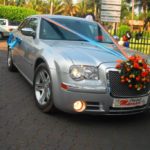
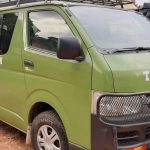
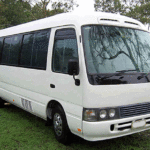
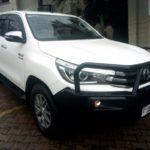
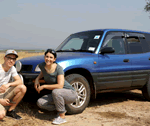
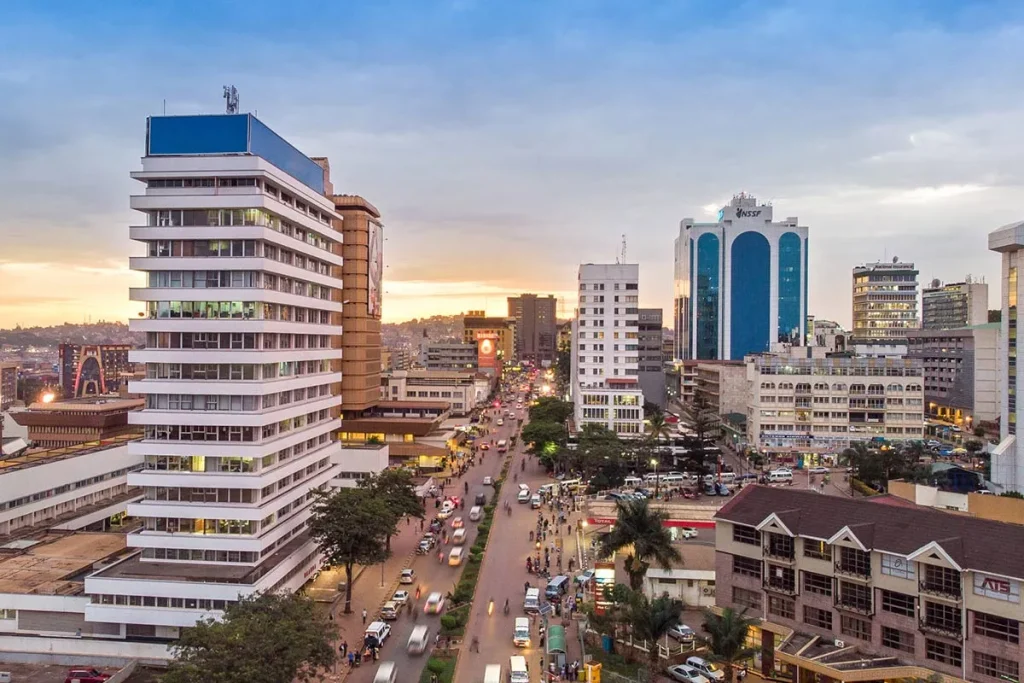
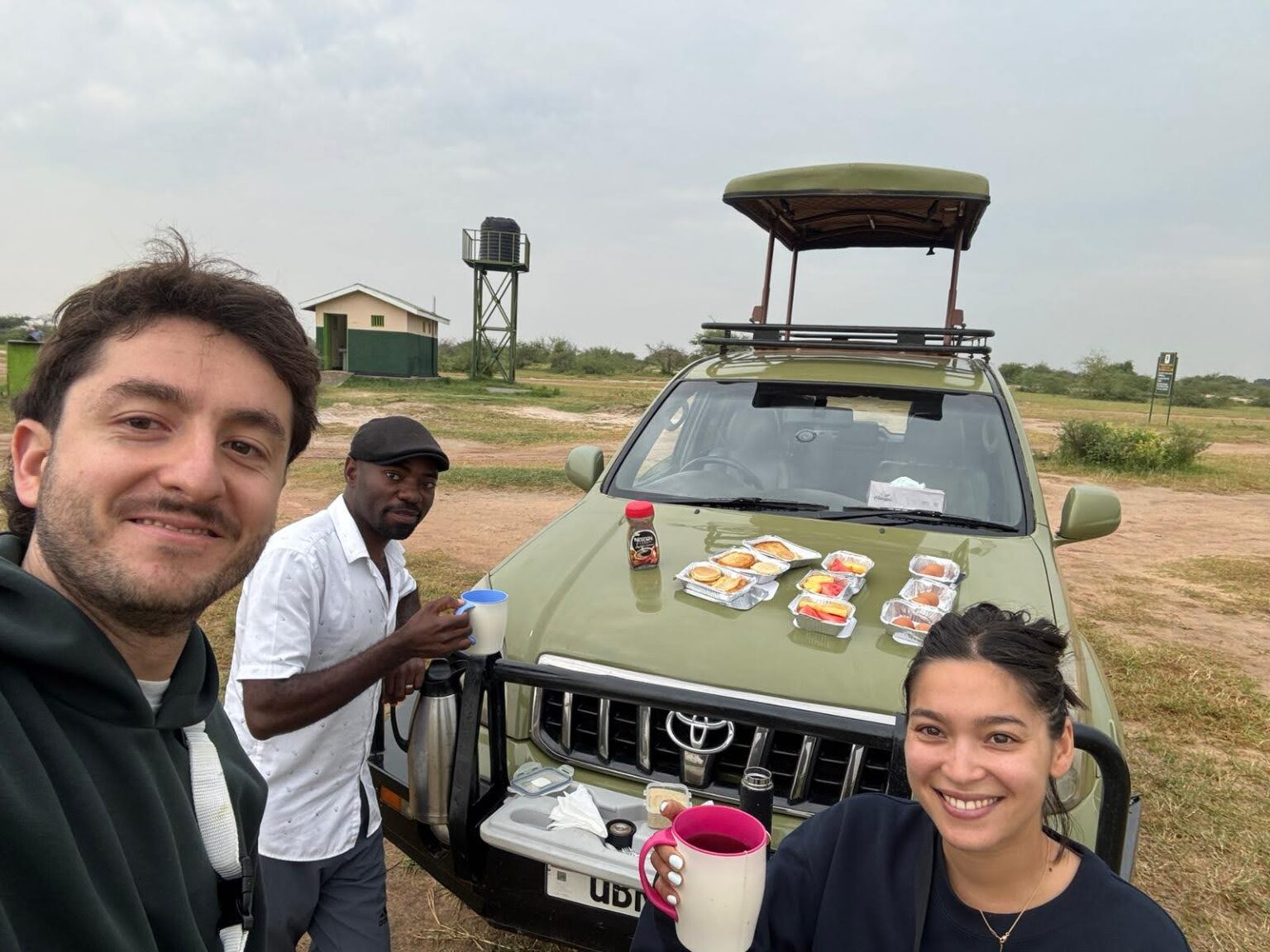
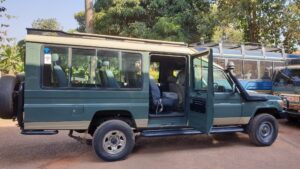
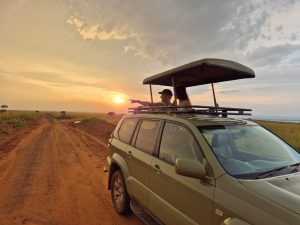
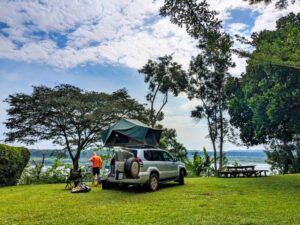
Related Articles
The Top 6 Special Cars For Hire In Uganda & Rental Prices
Bwindi Park Ranks Third Best Adventure Destination Globally
The Best 4×4 Cars for Cross-Border Trips Across East Africa